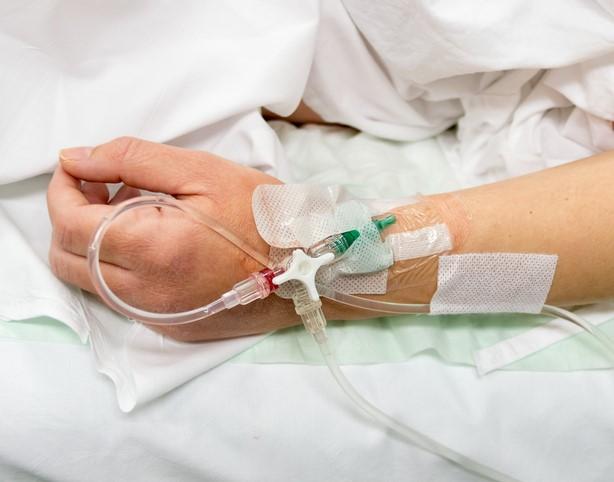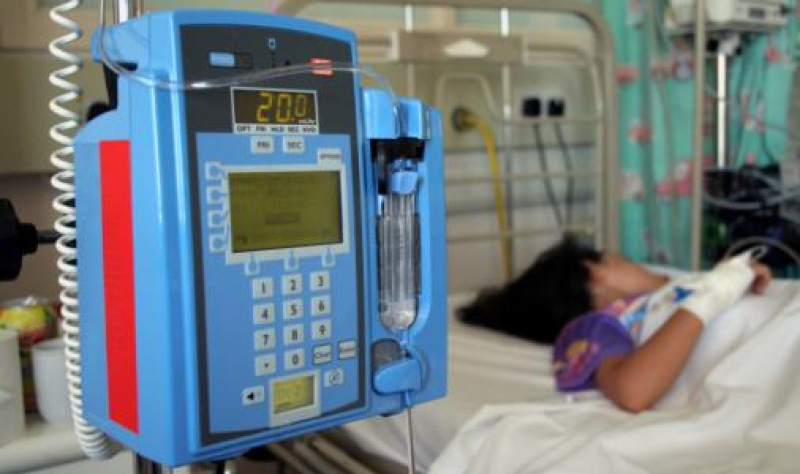D.C. ends coronavirus contact tracing effort, laying off 131 workers


The D.C. Health Department has terminated 131 members of its coronavirus contact tracing program, a spokesperson confirmed Thursday, marking the official end of a city program started more than two years ago to curtail the virus’s spread.
Mayor Muriel E. Bowser (D) launched the “D.C. Contact Trace Force” in April 2020, with a mandate to interview residents who had tested positive for the virus and learn the severity of their symptoms, potential close contacts and places they visited while infectious. Then, through phone calls and home visits, members of the force sought to advise people who might have been exposed to quarantine and seek testing.
The city employed about 65 contact tracers at the start of the pandemic to help stop community spread, but Bowser routed $2.3 million of the city’s contingency cash reserves to the program a month later to bolster staffing. At its peak, the force included 430 contact tracers, said D.C. Health’s director of emergency response Patrick Ashley — a mix of individuals with public health credentials and others who were trained on the job.
The team was down to 153 members at the beginning of June, Ashley said.
The department said 131 of those 153 tracers were laid off Thursday, 19 were hired into vacant positions, and three others were detailed to another District agency.
Despite the staffing reduction, Ashley said contact tracing remains a core duty of the health department: Epidemiologists and disease investigators have long monitored the spread of hepatitis, HIV and sexually transmitted diseases in the District. More recently, they’ve focused on outbreaks related to monkeypox.
“The reality is that while we’ve built tremendous resources in the health department as part of the pandemic, many of these systems existed before covid and aren’t going away,” Ashley said in an interview. “We’ve also demonstrated during covid we can rapidly scale up, and the systems are in place to do that.”
The city will still offer coronavirus exposure alerts for residents who have signed up for the service on their cellphones, he added.
The reduction in coronavirus contact tracing accelerated this spring as cases caused by the highly infectious omicron variant began to wane. Ashley said the omicron wave, which hit over the winter, presented fresh challenges for contact tracers because of the rapid spread and volume of new cases.
“Omicron becomes contagious much faster — the time from exposure to testing positive is much faster, and the recovery time is much quicker [than previous variants],” Ashley said. “That was part of the reason [for] contact tracing shifting; by the time the call came, people were already showing symptoms or said they tested positive already. The value was not the same.”
In recent months, trace force members were often given other public-health-related roles: Bowser asked them in early June to call families with children who were not up to date with routine youth immunizations. In May, tracers were instructed to contact residents who were eligible for a coronavirus booster shot.
Those on the force who were still tasked with regular contact tracing duties were focused on the D.C. jail, nursing homes and health-care facilities — environments at high risk for outbreaks that the department will continue to monitor, Ashley said.
New coronavirus cases in the District have trended downward since a brief spike in May, according to city data, with a weekly rate of about 196 cases per 100,000 residents. In comparison, D.C. reported 866 new coronavirus cases per 100,000 residents in mid-January. In March, D.C. discontinued its daily coronavirus case reporting, which included data on outbreaks, switching instead to a once-weekly update on the number of new cases with a focus on metrics such as hospitalizations.
Neil J. Sehgal, an assistant professor of health policy at the University of Maryland, noted that these newly reported cases — which mirror numbers D.C. reported at some points during the delta variant surge in late summer and early fall 2021 — don’t account for many unreported rapid tests people can take at home. He said it’s prudent for residents to stay vigilant, particularly as researchers are still trying to learn more about the long-lasting effects of coronavirus infection.
“What this means is the responsibility has shifted more to individuals to test themselves and be cautious, and for infected individuals to contact the people they’ve been around,” Sehgal said. “But do I understand why this is happening? Certainly.”
Sehgal noted that other jurisdictions have also reduced contact tracing operations: Maryland and Virginia’s health departments have shifted contact tracing efforts from all cases to a targeted approach focusing on high-risk people, such as those older than 65 and those with comorbidities, and people in congregate settings such as nursing homes, schools and state prisons.
Virginia stepped away from investigating all cases in January, while Maryland made the change in April. A spokeswoman for the Virginia Department of Health could not provide details about the size of its contact tracing team.
Maryland keeps tabs on infected people through text, email and other digital means to help quickly identify outbreaks. During the January 2021 peak, when vaccines were not yet widely available, approximately 1,500 contact tracers were in place in Maryland; now there are about 500, according to Maryland Department of Health spokesman Chase Cook.
Jenna Portnoy contributed to this report.



